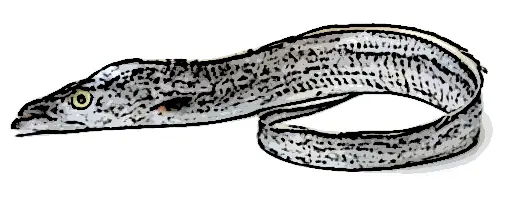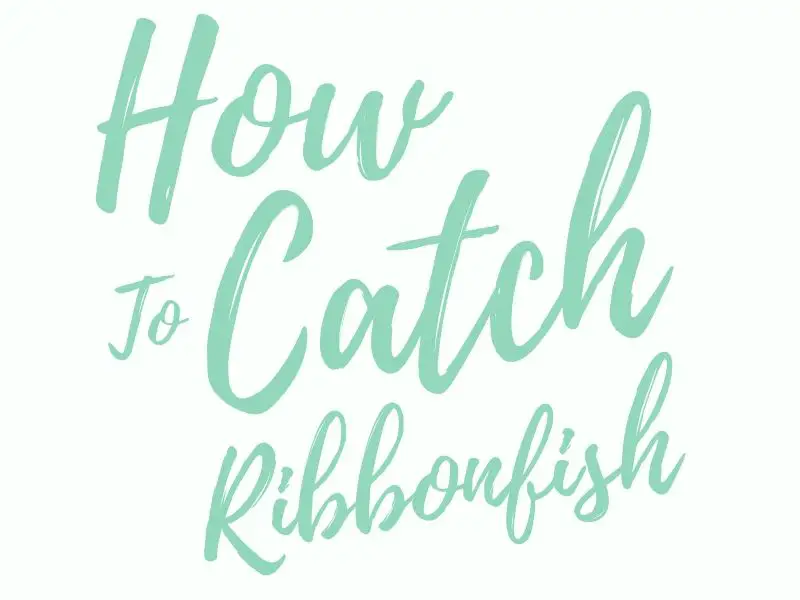Ribbonfish also known as cutlassfish or hairtail are slim and long fish that somewhat look like a silver eel. They are named ribbonfish due to their long appearance. They can commonly be found in the Atlantic, Indian and Pacific Oceans.
They are prized for their taste in many Asian countries, though in the United States eating them isn’t quite as popular. They are known to taste quite good though. If you’re new to catching ribbon fish, here will cover the best places to fish them, the equipment you need, and offer a few additional tips to help you catch them.
Ribbonfish Identification

Ribbonfish can be recognized by their long compressed appearance. They typically have a short head, narrow mouth, and high dorsal fins that cover the entire length of its back. They are known for their slim appearance and are often described as looking like silver eels.
How to Target Ribbonfish
The first step to catching ribbonfish is to figure out where they are likely to be in the water. Look for them in estuaries, ports, and areas with deep waters with muddy bottoms. These are the spots that are most likely to be thriving with ribbonfish. They tend to prey on small schools of baitfish, so you can commonly find them near piers, jetties, seawalls and other structures waiting to feed.
Ribbonfish Equipment
When fishing for ribbonfish we recommend using a spinning rod and reel around 6.5 to 7 feet in length. A medium action rod will work great in most situations. For a hook, a size 2/0 is a good option. Just make sure to use a long shank hook for a good hookset. The key thing to worry about is the powerful bite of a ribbonfish. They have sharp teeth so you need a fishing line that can withstand an aggressive fish. Usually, an 8 to 20-pound line with 30 to 40 pounds of monofilament leader works well for these fish.
To catch ribbonfish you can use your favorite plugs and spoons. Ribbonfish don’t require anything ultra-special. Cast or troll your favorite lures and they will likely get bites if there are ribbonfish around. You can also use smaller baitfish and shrimp. If you’re going to use live bait try and use something that the ribbonfish are likely to be feeding on already in the waters you are fishing.
Overall catching ribbonfish isn’t really hard if you know where to look and use the right equipment. Ribbonfish are often the bait of choice for those going after King Mackerel. Many anglers prefer to catch their own ribbonfish to use for bait when fishing these monsters.
